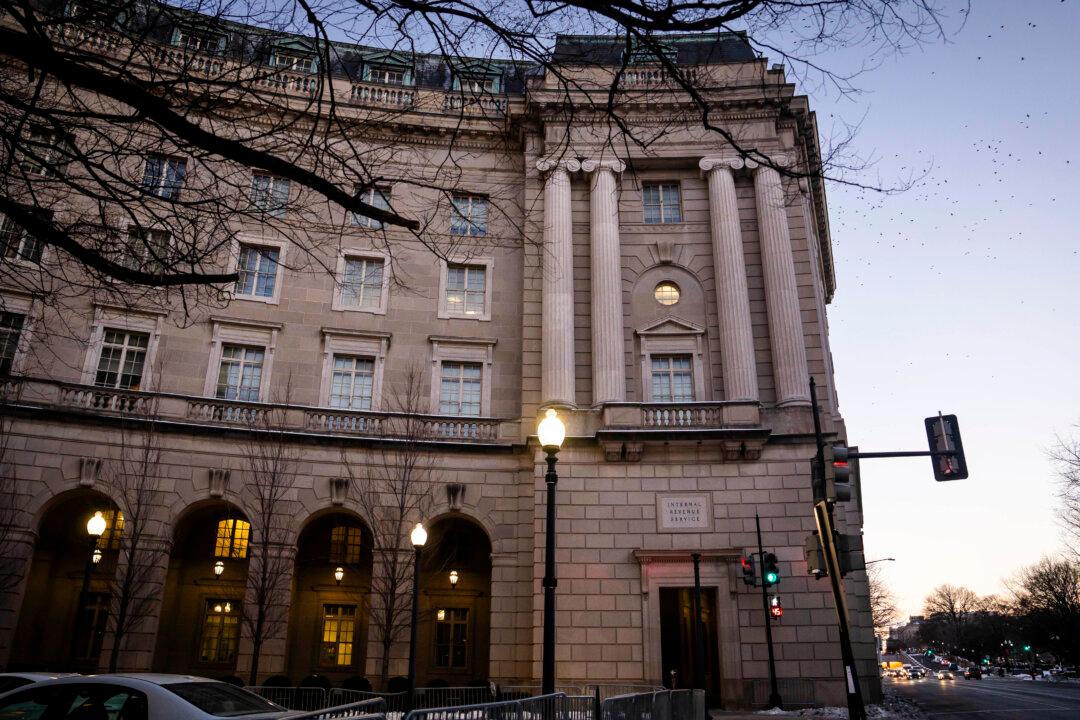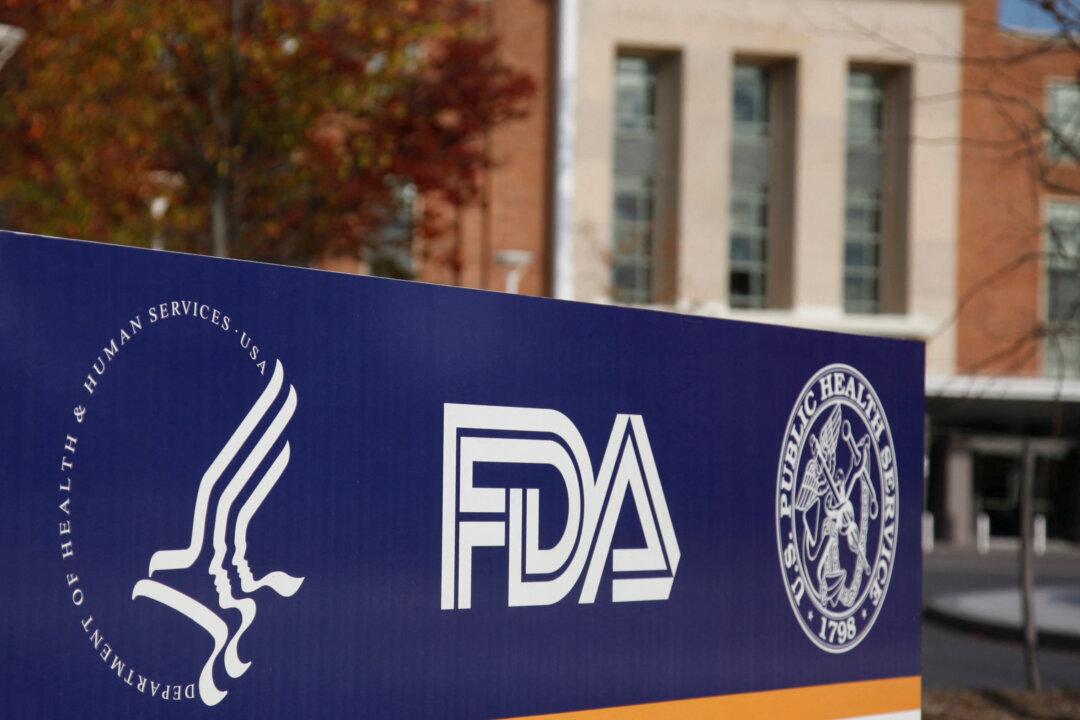Overall food prices have been increasing steadily over the years, with the growth predicted to continue in 2025, according to the U.S. Department of Agriculture’s (USDA) Food Price Outlook tracker.
Food-at-home and away-from-home prices are projected to rise by 0.8 and 3.5 percent respectively. While overall food prices are projected to increase this year, the gain is expected to be “at a slower pace than the historical average rate of growth.” In 2021, prices rose by 3.9 percent, in 2022 by 9.9 percent, and in 2023 by 5.8 percent.
The Food Price Outlook tracks and forecasts annual food price changes by taking into account projected and observed prices over the previous two years.
In 2024, food prices are estimated to have increased by 2.3 percent. The food category that registered the largest price change last year is eggs, which rose by an estimated 7.7 percent. This was followed by beef and veal with a 5.5 percent increase, fats and oils at 2.5 percent, and cereals and bakery items with a marginal gain of 0.5 percent.
Fish and seafood are calculated to have seen the biggest price dip at 1.9 percent, followed by dairy products which fell by 0.3 percent.
As for domestic factors, Kelly, an economics professor, blames higher energy costs, regulations on trucking like banning cages for chickens, and extreme weather as contributing factors. However, “the vast majority of the high food prices are attributed to high inflation,” he said.
“Inflation certainly affects food as it does every other good. Since 2019, general prices have increased 4.2 percent per year, and food prices have risen 4.8 percent.”
Kelly suggested exploring ways to boost the food supply and cut down regulations to curb food inflation. “You could do things such as reduce tariffs or promote free-trade agreements especially in agriculture, but those are not popular,” he said.
Egg Prices
Eggs have seen a massive price jump over the past months. The U.S. city average price of a dozen Grade A eggs jumped from $2.69 in May 2024 to $3.64 in November, an increase of more than 35 percent, according to data tracked by the U.S. Federal Reserve Bank of St. Louis.The USDA blames egg prices on the outbreak of highly pathogenic avian influenza (HPAI) that began in 2022.
The outbreak “contributed to elevated egg prices by reducing the U.S. egg-layer flock,” it said. “HPAI continued to drive egg price increases in 2024, with recent detections in December 2024. Egg prices in November 2024 were 37.5 percent higher than those in November 2023.”
Egg prices at the farm level also continue to experience “large monthly changes,” said the agency. “In November 2024, prices for farm-level eggs were 94.4 percent higher than November 2023, when prices had fallen during a lull in the outbreak through much of 2023.”
The USDA called egg prices “the most volatile category” tracked by the agency.
This includes almost 102 million egg-laying hens and pullets—hens less than a year old that have yet to start laying eggs.
“As the current HPAI outbreak enters its fourth year, the impact on the poultry industry remains significant,” the association said.







